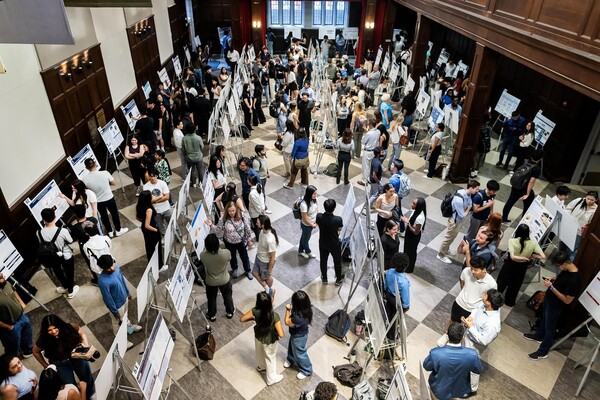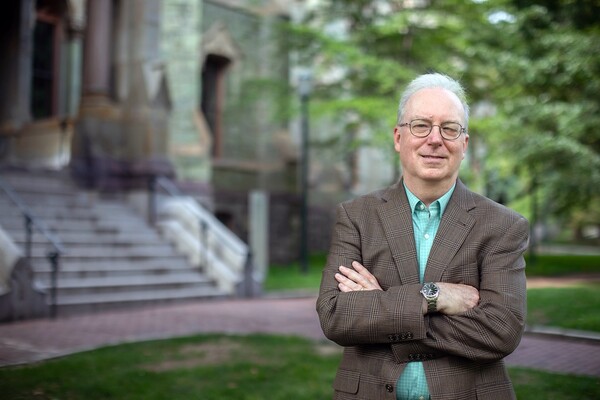
Image: Mininyx Doodle via Getty Images
PHILADELPHIA — Beginning in early July, researchers from the University of Pennsylvania Graduate School of Education are partnering with a family of multi-generational Penn alumni to introduce laptop computers and a technology-based curriculum to students and teachers in a rural community school for the children of coffee-farm workers in Nicaragua.
Comercial Internacional Exportada S.A., or CISA, a green coffee exporter in Nicaragua, will provide a grant to fund a three-year research initiative at the Buenos Aires School to examine issues surrounding bridging the digital divide.
In addition, this project will document how introducing a technology-based curriculum impacts the school environment, student learning, approaches to teaching and school and family and community dynamics.
Through a collaborative effort between businesses CISA Agro, Intersa and CISA Exportada’s Adopt-a-School Program, which sponsors nearly 6,500 children in coffee-growing regions across Nicaragua, the Baltodano family is also purchasing the 92 laptops necessary to start the pilot program.
“This is a complex, multifaceted study of an initiative that has the potential to be transformative,” said Sharon Ravitch, the lead researcher, an expert in international social-justice research and senior lecturer in Penn GSE. “This is a deeply under-resourced community with no electricity or running water, so this initiative marks a profound lifestyle, educational and cultural shift. The program is akin to the more well-known ‘One Laptop Per Child’ program in other developing countries, but it is cutting-edge in this region.”
Ravitch and her team of researchers will establish professional development for teachers and learning modules for students. They will examine and document how this program affects students’ learning and growth, as well as how teachers learn to incorporate this technology into their work.
Research data from the project will be used as a model in similar settings in Nicaragua and elsewhere in Central America.
Jill DiSanto-Haines

Image: Mininyx Doodle via Getty Images

nocred

Image: Pencho Chukov via Getty Images

Charles Kane, Christopher H. Browne Distinguished Professor of Physics at Penn’s School of Arts & Sciences.
(Image: Brooke Sietinsons)